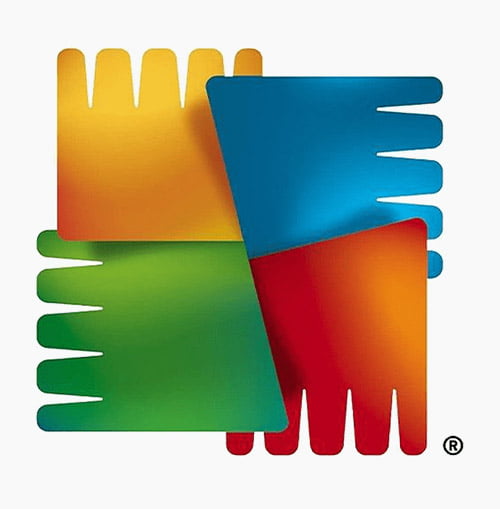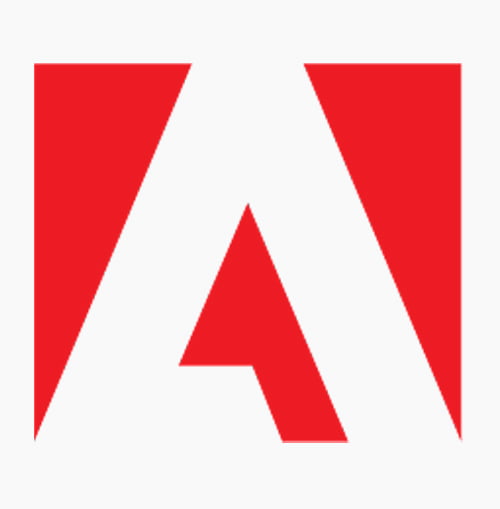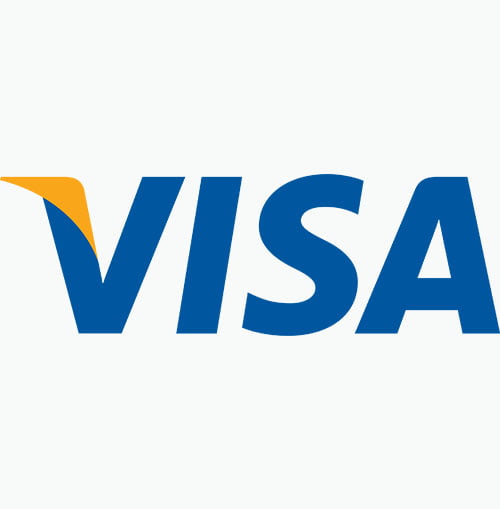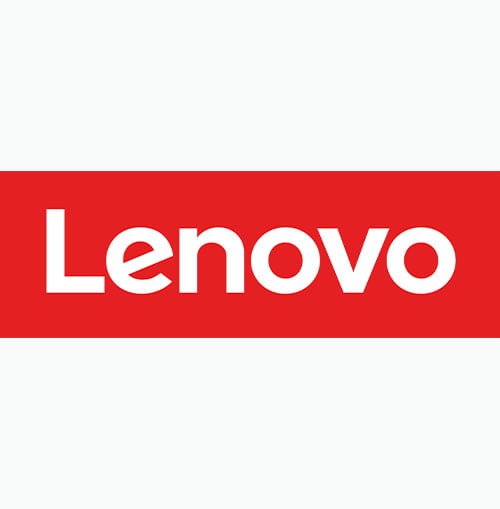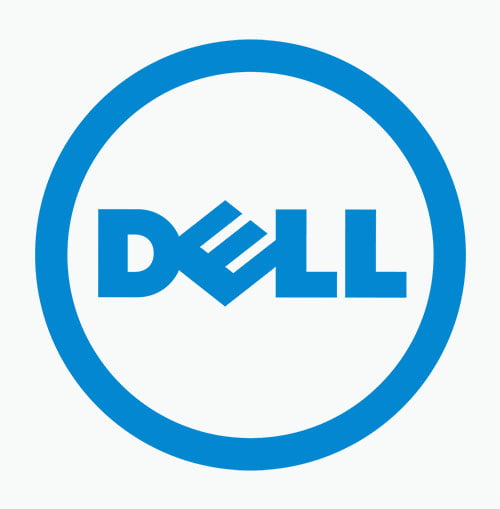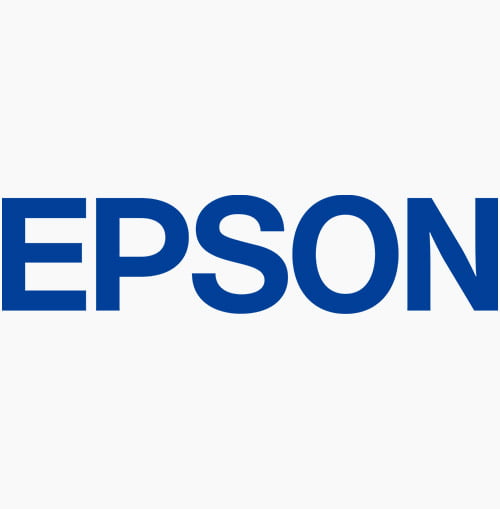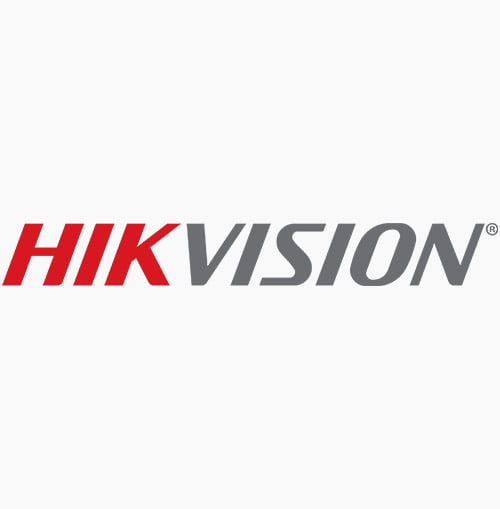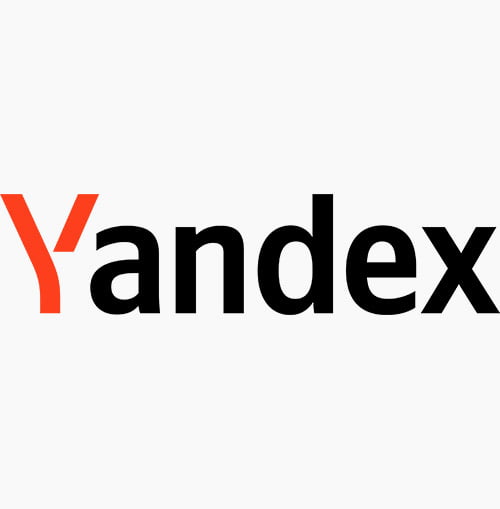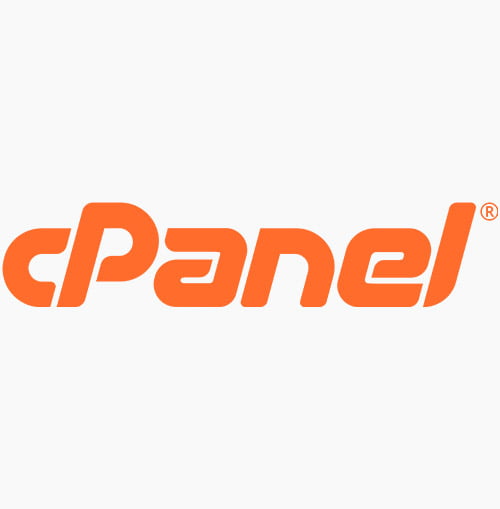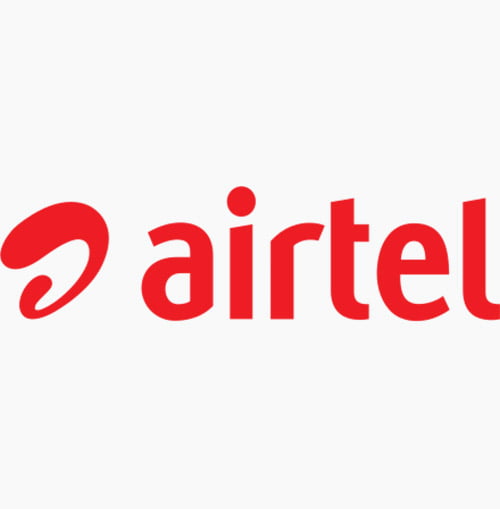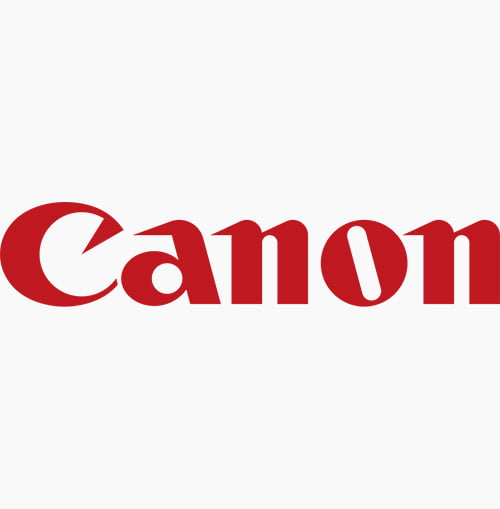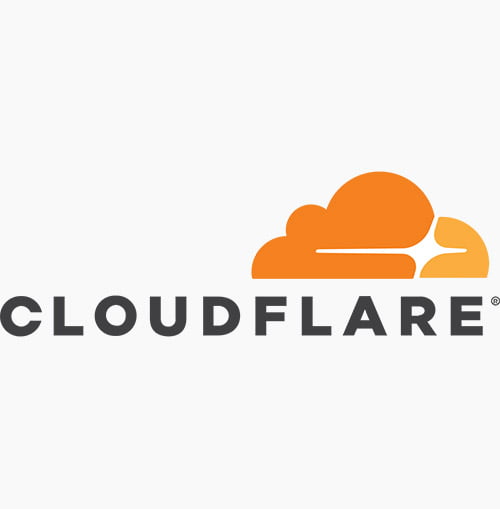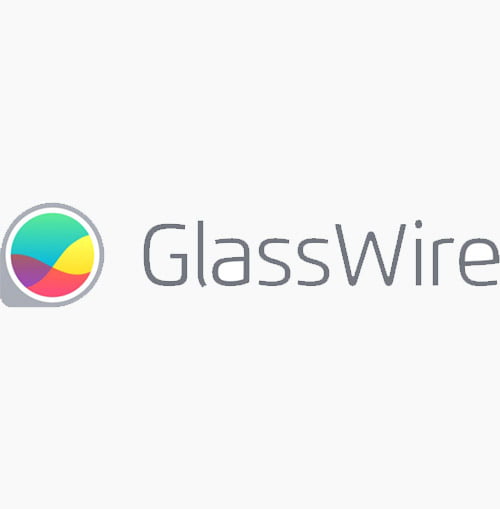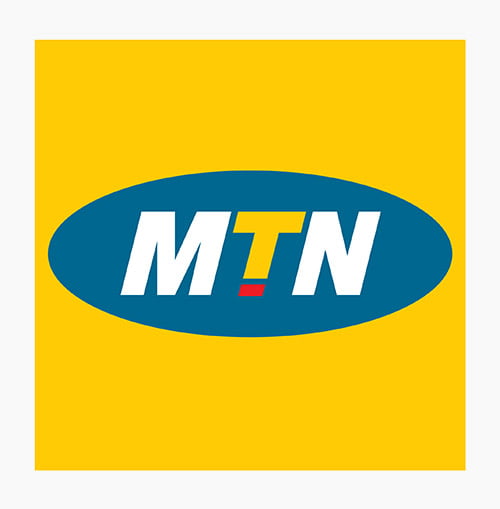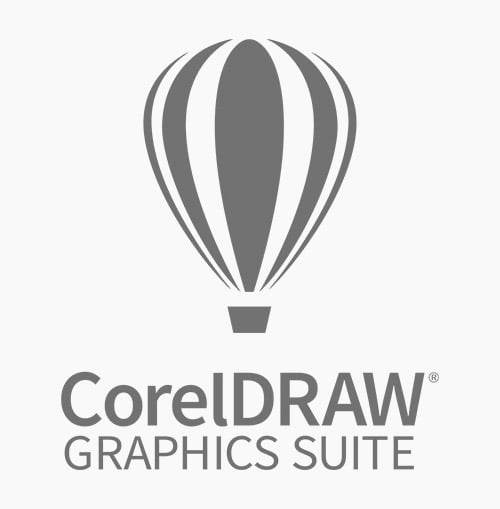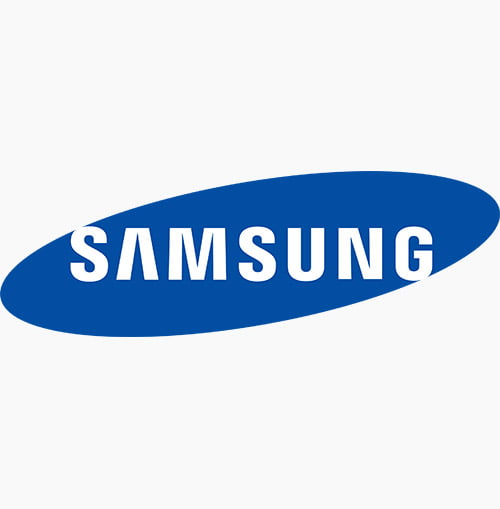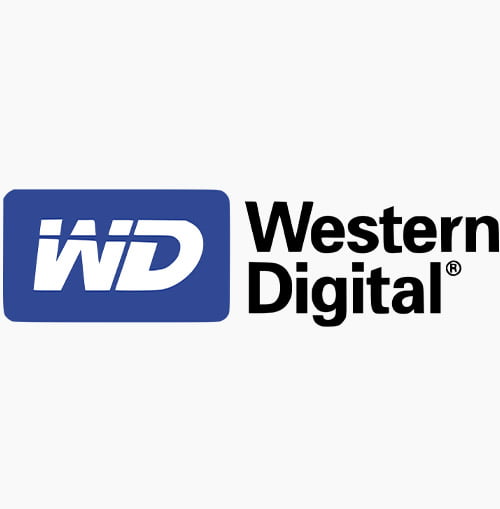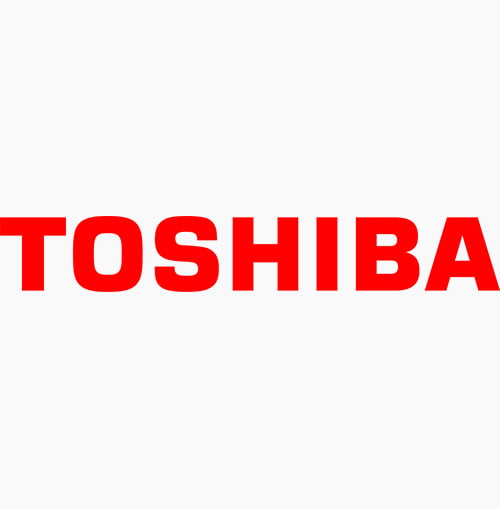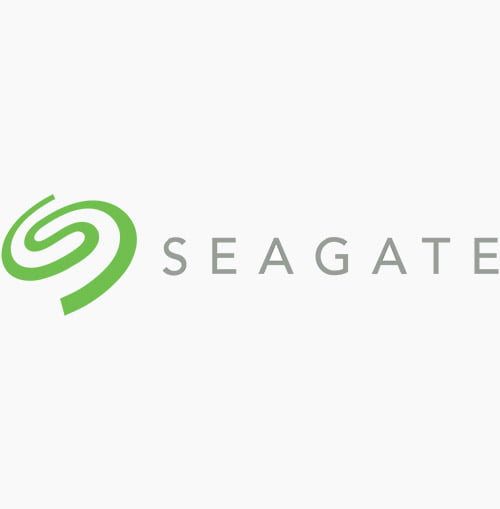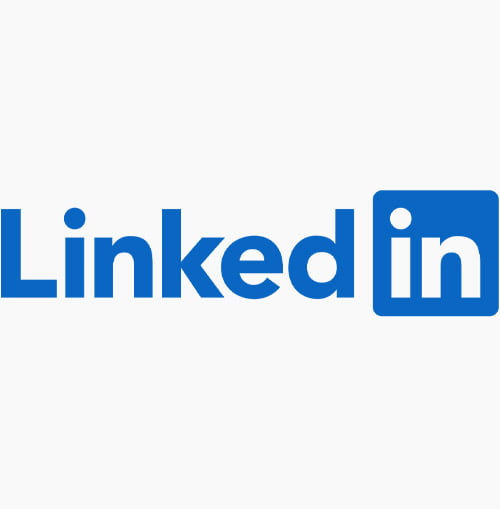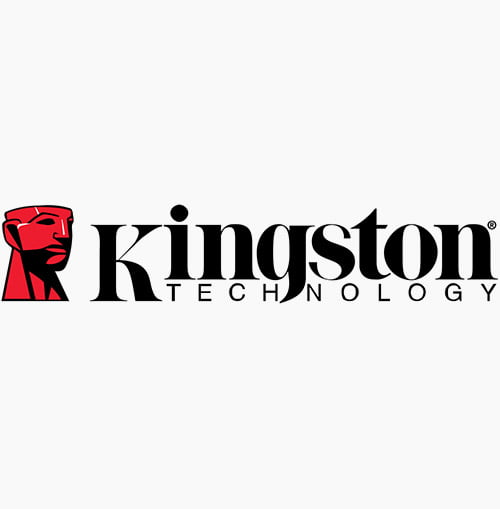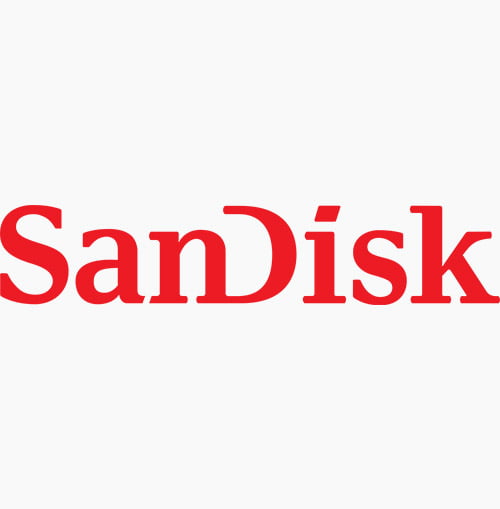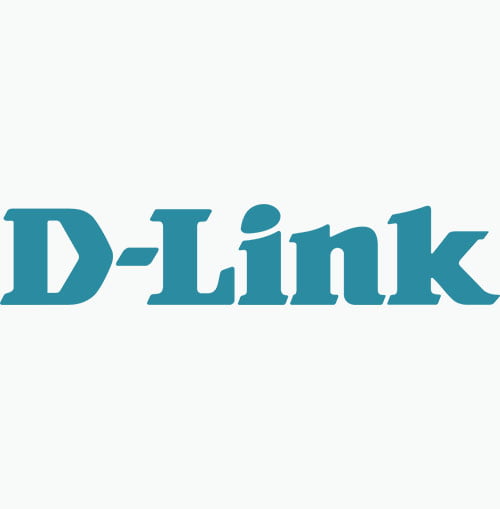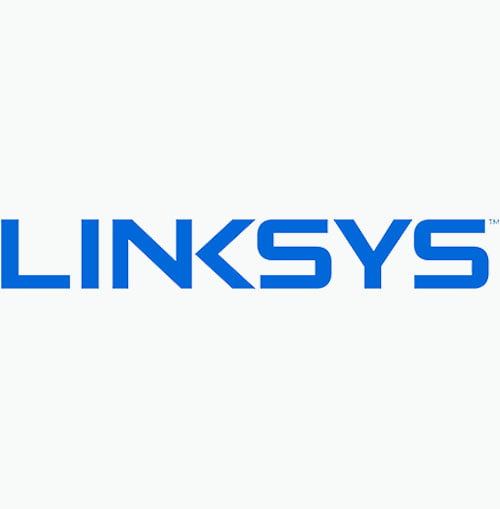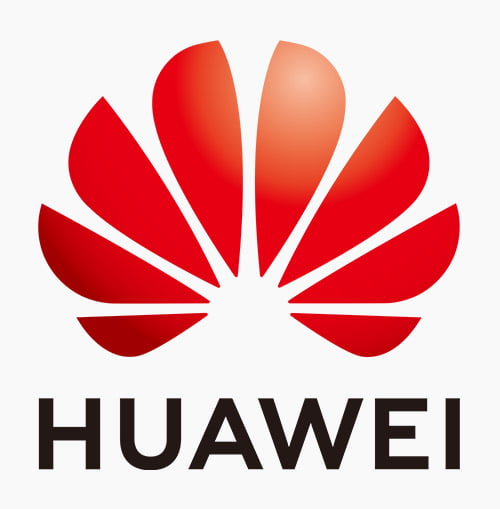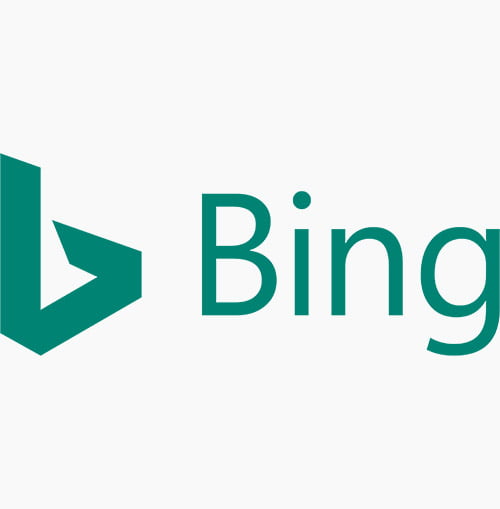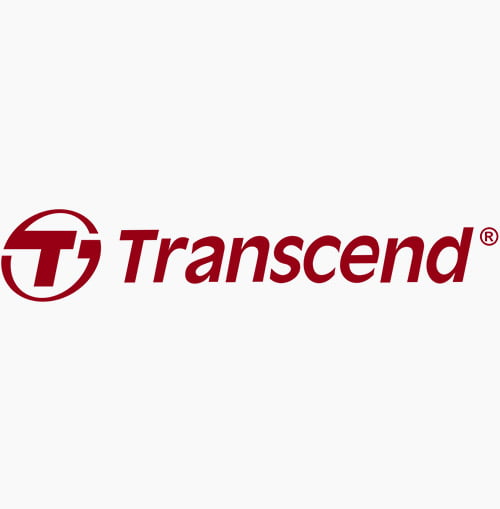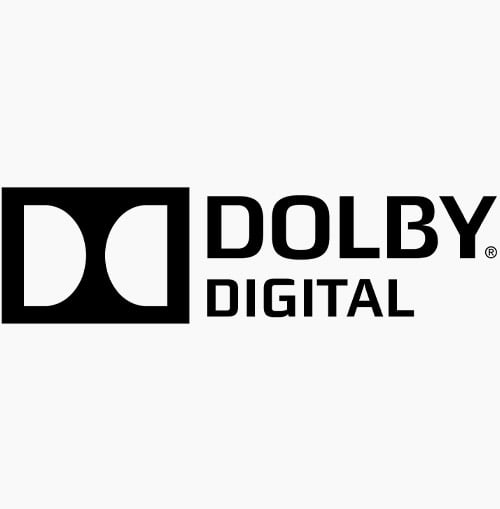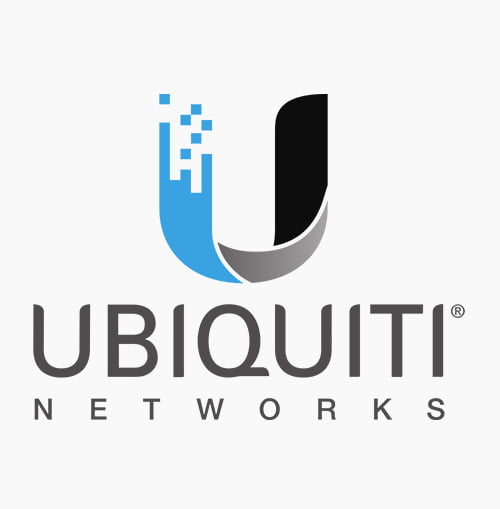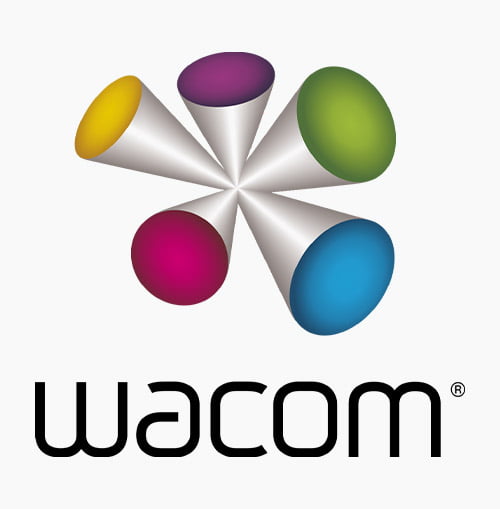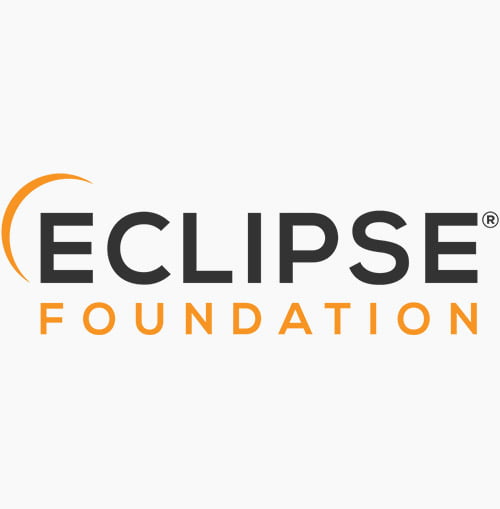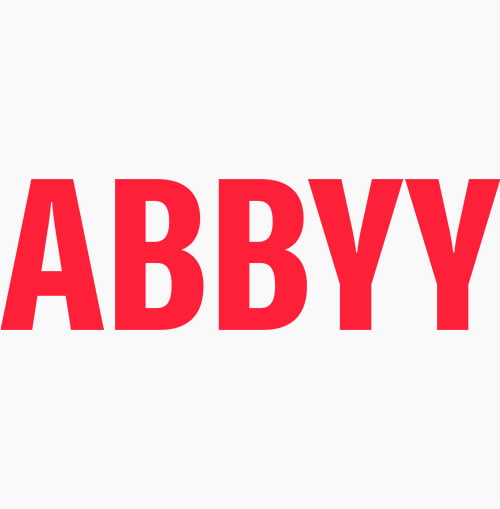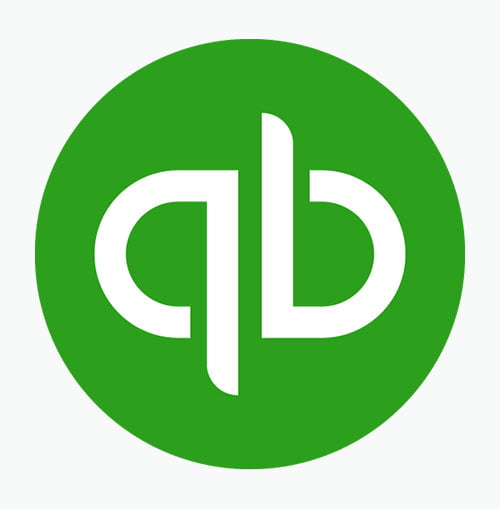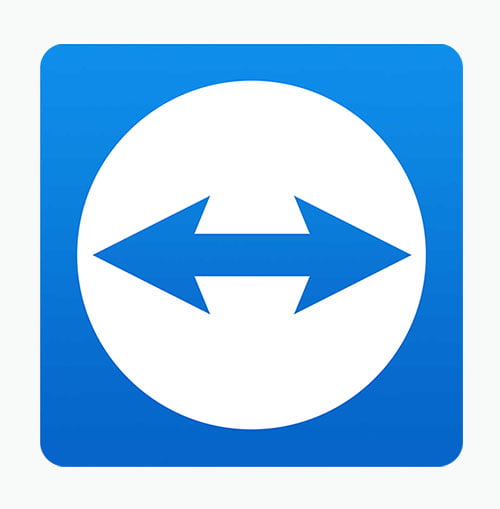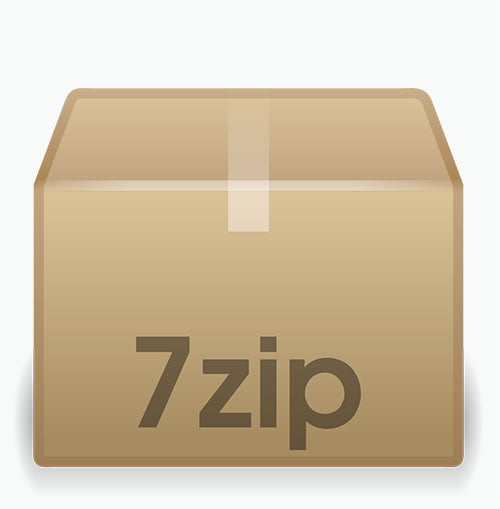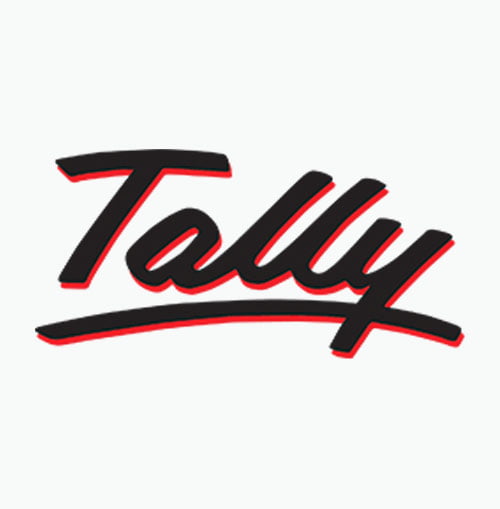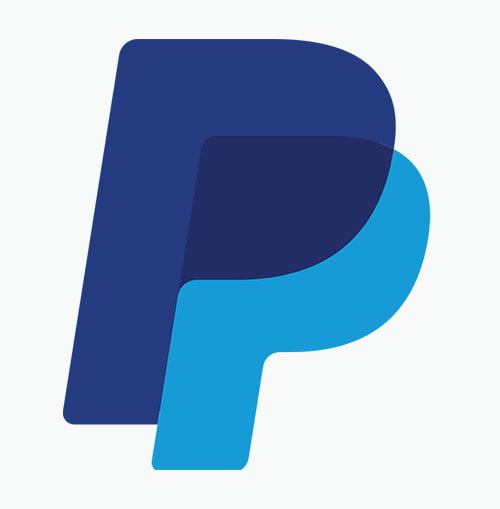Book cover design and printing services company in kampala uganda isazeni solutions
Isazeni Solutions sounds like an interesting name for a company providing book cover design and printing services in Kampala, Uganda! While I don’t have specific details about a company with that exact name, I can certainly guide you on how to get book cover design and printing services in Uganda, or if you are creating a business with this name, I can help with ideas for branding and marketing.

If you’re looking for book cover design and printing services, here are the steps typically involved, and some tips on starting a business in that space:
- Services Offered:
- Custom Book Cover Design: Creating visually appealing and professional designs tailored to each book’s genre, audience, and author’s vision.
- Printing Services: High-quality printing of books in various formats such as paperback, hardcover, or softcover.
- Digital Printing: For small print runs or self-publishing authors, digital printing offers cost-effective solutions.
- Book Formatting: Ensuring the layout is print-ready, including typesetting and page layout for text-heavy or image-rich books.
- Binding Services: Offering different binding options, such as perfect binding, saddle stitching, or hardcover binding.
- Target Audience:
- Authors: Both independent authors and publishers who need professional book covers and printing services.
- Publishers: Traditional or independent publishing houses requiring high-quality book production.
- Educational Institutions: Schools and universities requiring textbooks or other printed educational material.
- Businesses and Non-Profits: Producing promotional materials, journals, and books for various purposes.
- Design Process:
- Consultation: Meet with clients to understand their book’s concept, theme, and target audience.
- Concept Creation: Develop initial design concepts, often beginning with rough sketches or mood boards.
- Feedback and Revisions: Work closely with the client to refine the design based on feedback.
- Finalizing Design: Ensure the cover is print-ready, including formatting for the book spine and back cover.
- Printing Considerations:
- Quality of Materials: Choose the right paper, ink, and binding materials to ensure durability and an aesthetically pleasing finish.
- Print Runs: Decide between digital printing for small batches or offset printing for larger runs.
- Costing: Provide competitive pricing, considering the local market while maintaining quality.
- Promoting Your Services in Kampala, Uganda:
- Website & Social Media: Showcase portfolio on a website and active social media platforms (Facebook, Instagram, LinkedIn).
- Networking with Publishers & Authors: Build relationships with local publishers, literary agents, and authors.
- Collaborations: Partner with local writers’ workshops or book fairs to get your name out there.
- Client Testimonials: Leverage positive client feedback and showcase successful projects as part of your marketing strategy.
- Logistics:
- Equipment: Invest in high-quality printing equipment and design software.
- Suppliers: Find reliable suppliers for paper, binding, and other materials.
- Delivery Services: Consider offering local delivery in Kampala or even nationwide services for authors and publishers.
If you’re interested in a specific business plan, branding ideas, or even a logo or taglines, feel free to let me know! I can help brainstorm and develop more ideas around Isazeni Solutions.
Ready to start on your project? let’s jump into it.

What are Book cover design and printing services?
Book cover design and printing services are essential components of the publishing process. These services help create the visual identity of a book and ensure it is professionally printed for distribution. Here’s an overview of what these services entail:
- Book Cover Design:
Book cover design is the art and process of creating the visual elements that will appear on the front, back, and spine of a book. A well-designed book cover serves several functions:
- Attracting readers: A visually appealing cover captures attention and makes the book stand out on shelves or online platforms.
- Conveying the theme: The design helps communicate the book’s genre, tone, and key themes, giving readers an immediate sense of what to expect.
- Branding for authors/publishers: Consistent design across an author’s books or a publisher’s catalog can build a recognizable brand.
Key Elements of Book Cover Design:
- Front Cover: This typically includes the title, author name, and a graphic or image that reflects the book’s content.
- Back Cover: Often includes a brief description of the book, author bio, endorsements, and ISBN barcode.
- Spine: Displays the book’s title and author, and is important for books sold in physical bookstores or libraries.
- Typography: The choice of fonts and their layout, which affects the book’s readability and overall aesthetic.
- Imagery/Graphics: Photos, illustrations, or design elements that align with the book’s theme.
- Color Scheme: Colors can evoke different emotions and should align with the book’s mood or genre.
- Printing Services:
Once the book cover is designed, the next step is printing. Book printing services involve producing physical copies of the book in the desired format, whether for a small self-publishing run or for mass distribution.
Types of Book Printing:
- Digital Printing: This is often used for short print runs or self-publishing authors. It involves printing directly from digital files and is cost-effective for smaller quantities.
- Offset Printing: Ideal for larger print runs, offset printing offers better quality and lower per-unit cost as the volume increases.
- Print-on-Demand (POD): A service where books are printed as needed, reducing the cost of holding inventory. Popular among self-published authors and independent publishers.
Book Printing Components:
- Paper Quality: Choosing the right paper type (e.g., glossy or matte finish, thickness) can affect the book’s look and feel.
- Binding: Books can be bound in various ways, including:
- Paperback (Softcover): A more affordable option, typically with a paper cover.
- Hardcover (Case Bound): More durable and professional-looking, often preferred for high-quality books or collector editions.
- Spiral Binding: Used for notebooks, manuals, or workbooks.
- Size and Format: Books come in different sizes, like standard trade paperbacks, or custom sizes depending on the publisher’s needs.
- Finishing: This could include embossing, foil stamping, varnishing, or other special touches that enhance the cover’s appearance.
- End-to-End Process:
- Initial Consultation: Authors or publishers meet with the design team to discuss their book’s concept, target audience, and specific needs.
- Cover Design: The designer creates initial mockups and works with the client to refine the design.
- Final Approval: Once the cover is finalized, it is approved for print.
- Printing: The book is printed according to the specifications (e.g., paper quality, binding type, print run).
- Distribution: The printed books are shipped or distributed to bookstores, online platforms, or directly to the author or publisher.
- Why Are Book Cover Design and Printing Important?
- First Impressions Matter: A professional and engaging cover design is one of the first things readers notice. It can influence a reader’s decision to buy or read the book.
- Quality: High-quality printing ensures that the final product looks professional and is durable, which can be crucial for books that will be sold in stores or given as gifts.
- Marketability: A well-designed book cover can contribute to the marketing and branding of the book, helping it stand out in a crowded market.
- Book Cover Design and Printing Services Providers:
In cities like Kampala, Uganda, there are printing companies and freelance graphic designers that offer book cover design and printing services. Many authors, especially self-published authors, rely on such services to produce high-quality books at an affordable price.
These services often include:
- Graphic design services to create a custom book cover that aligns with the author’s vision.
- Book printing in small or large quantities.
- ISBN and barcode assignment for tracking and sales.
- Additional services like e-book cover design or layout formatting for digital platforms.
Conclusion:
Book cover design and printing services are crucial for any published work. Whether you are an author, publisher, or self-publisher, having a visually striking and professionally printed book is essential for making a lasting impression. If you’re in Kampala or elsewhere, many local companies can offer these services, or you can work with freelance designers to meet your specific needs.
If you’re considering such services, it’s essential to check the portfolio of design firms and printing companies to ensure that their style and quality match your expectations for your book.
Ready to start on your project? let’s jump into it.

How much is Book cover design and printing services?
As of my knowledge cutoff in 2023, there is no specific publicly available pricing information for a company called Isazeni Solutions in Kampala, Uganda, particularly for book cover design and printing services. However, I can provide a general pricing guide for book cover design and printing services based on industry standards in Uganda, including examples of costs for both design and printing.
- Book Cover Design Costs:
Book cover design fees can vary significantly based on the designer’s experience, the complexity of the design, and whether it includes additional services like custom illustrations or branding. In Kampala, Uganda, you might expect the following price ranges:
Example Book Cover Design Pricing:
|
Service |
Price Range (UGX) |
Description |
|
Basic Book Cover Design |
300,000 – 600,000 UGX |
Simple, text-based design with stock images. Suitable for self-published authors or smaller projects. |
|
Standard Book Cover Design |
600,000 – 1,000,000 UGX |
Includes custom graphics or photo manipulation, more detailed design. |
|
Premium Book Cover Design |
1,000,000 – 2,000,000 UGX |
High-quality custom artwork, intricate details, and branding elements. Includes multiple revisions. |
|
E-Book Cover Design |
200,000 – 400,000 UGX |
Simple design for digital formats like Kindle, usually less complex. |
- Book Printing Costs:
The cost of printing books in Uganda varies depending on factors such as print run size, book format (paperback or hardcover), page count, and paper quality. In Kampala, digital printing is popular for small runs, while offset printing is used for larger batches.
Example Book Printing Pricing (Based on Quantity and Format):
|
Service |
Price Range (UGX) |
Description |
|
Digital Printing (Small Run) |
4,000 – 10,000 UGX per copy |
Used for small print runs (50 – 200 copies). Typically for self-published books. |
|
Offset Printing (Large Run) |
2,500 – 5,000 UGX per copy |
Suitable for larger runs (500+ copies). Generally cheaper per unit. |
|
Paperback (Softcover) |
5,000 – 15,000 UGX per copy |
The most common and cost-effective format. Price depends on page count and paper quality. |
|
Hardcover (Case Bound) |
15,000 – 30,000 UGX per copy |
More durable and professional-looking, often for special editions. |
|
Spiral Bound/Other Formats |
5,000 – 12,000 UGX per copy |
Used for notebooks, workbooks, or manuals. |
- Additional Costs:
Beyond the design and printing, there may be additional costs for services such as ISBN registration, book formatting, and delivery.
|
Service |
Price Range (UGX) |
Description |
|
ISBN Registration |
250,000 – 500,000 UGX |
An International Standard Book Number (ISBN) allows your book to be cataloged and tracked. |
|
Book Formatting |
300,000 – 600,000 UGX |
Ensures that the book is print-ready with correct layout, font, and spacing. |
|
Delivery/Shipping |
20,000 – 100,000 UGX per order |
Local delivery costs within Kampala or across Uganda. |
- Example Cost Breakdown for a 200-Page Paperback Book:
Let’s assume you are publishing a 200-page paperback book with a standard design (not premium), and you print 100 copies. Here’s how the cost might break down:
|
Service |
Cost |
Description |
|
Book Cover Design |
600,000 UGX |
Standard design with some custom elements (e.g., photo manipulation, graphic design). |
|
Printing (100 copies) |
7,500 UGX per copy |
Printing 100 copies of a 200-page paperback book. |
|
Total Printing Cost |
750,000 UGX |
Total cost for 100 copies. |
|
ISBN Registration |
300,000 UGX |
Registration for an ISBN, which is required for distribution and sales. |
|
Book Formatting |
500,000 UGX |
Formatting the text and layout to be print-ready. |
|
Shipping/Delivery |
50,000 UGX |
Cost for local delivery (if applicable). |
|
Total Estimated Cost |
2,200,000 UGX |
Total cost for cover design, printing, ISBN, formatting, and delivery. |
- Print Run Size and Cost:
The cost per book decreases with larger print runs. For example, here’s how the price might scale based on the number of copies printed:
|
Quantity |
Unit Price (Paperback) |
Total Printing Cost |
|
50 copies |
10,000 UGX per copy |
500,000 UGX |
|
100 copies |
7,500 UGX per copy |
750,000 UGX |
|
500 copies |
4,500 UGX per copy |
2,250,000 UGX |
|
1,000 copies |
3,000 UGX per copy |
3,000,000 UGX |
Summary:
- Designing a book cover in Kampala can cost between 300,000 to 2,000,000 UGX, depending on complexity and design type.
- Printing costs typically range from 4,000 to 15,000 UGX per copy depending on the print method (digital vs. offset) and the format (paperback vs. hardcover).
- Additional services, such as ISBN registration and book formatting, can add another 300,000 to 1,000,000 UGXto the overall cost.
These are general estimates and can vary depending on the specific provider and services included. To get precise pricing, it’s best to contact book printing companies or design studios in Kampala like Isazeni Solutions (if it’s a real company) or others in the region for a custom quote based on your specific requirements.
Recommendations:
- Small Print Runs: If you are self-publishing, digital printing and print-on-demand (POD) services might be your best option due to their lower upfront cost.
- Bulk Printing: For large orders (500+ copies), offset printing will reduce your per-unit costs, and you’ll get more value for money.
- Design: Work closely with the designer to ensure your book cover accurately reflects your content and attracts your target audience.
- Steps in the Book Cover Design and Printing Process
Step 1: Initial Consultation
- What Happens: You will meet with a designer or a printing company to discuss your vision for the book cover, including elements like style, color scheme, imagery, and overall aesthetic.
- Key Considerations:
- Target Audience: Who is the book aimed at? Different genres (e.g., fiction, non-fiction, children’s books) require different design approaches.
- Book Genre: The design should reflect the genre of your book (e.g., dark tones for a thriller, bright and playful colors for a children’s book).
- Budget: Be clear about your budget range from the beginning so the designer can work within those limits.
Step 2: Cover Design Creation
- What Happens: The designer will create the first draft of your book cover, typically presenting a few concepts or mock-ups for feedback.
- Revisions: You’ll review the design and suggest any changes (font adjustments, image swaps, color changes, etc.).
- Final Approval: Once you’re happy with the design, the designer will prepare the final files in the appropriate formats (e.g., PDF, JPG, or PNG) for printing.
Step 3: Choosing the Printing Method
- Digital vs. Offset Printing:
- Digital Printing is ideal for small runs (less than 500 copies). It’s more cost-effective for printing small quantities as there’s no setup fee. However, the cost per unit is higher compared to offset printing.
- Offset Printing is better for large runs (500 copies or more). While the initial setup cost is higher, the per-unit price decreases as the quantity increases.
Step 4: Book Layout and Formatting
- If you have not already formatted your book’s interior, it’s important to ensure that the layout is print-ready. This includes correct margins, typography, page numbers, headers, and footers.
- Formatting for Print: The text and images must be formatted specifically for the print size of your book (e.g., 5″x8″, 6″x9″). A designer or layout specialist will ensure the content is correctly placed.
- E-Book Formatting: If you’re also planning to sell your book as an e-book, formatting for digital platforms (Kindle, ePub) will also be necessary.
Step 5: Printing the Books
- Once everything is ready, you place the order for the desired number of copies, whether it’s a small print run or a large-scale printing.
- Quality Checks: Ensure that the printer runs a test print or a proof to check for color accuracy, alignment, and overall quality before proceeding with the full print order.
Step 6: Distribution and Delivery
- Once printed, books are typically delivered to a storage or fulfillment location.
- Local Delivery: For local distribution, your books can be shipped to bookstores, libraries, or your personal address.
- Online Distribution: Many authors use Amazon’s Kindle Direct Publishing (KDP) or IngramSpark to distribute digital versions or POD physical copies worldwide.
- Potential Challenges and Solutions
While the process may seem straightforward, there are several challenges authors or publishers might face when working with book cover design and printing services in Kampala. Here are a few potential challenges and how to address them:
Challenge 1: Limited Availability of High-Quality Printers
- Solution: Some printing companies in Kampala may not have access to the latest equipment, which can affect the quality of printed books.
- Tip: Research and choose a printing company with a good reputation for producing high-quality books. Ask for samples of their previous work to assess their quality.
- You can also consider regional printing companies in East Africa or even online print-on-demand services that may offer higher quality or better pricing.
Challenge 2: Difficulty in Finding a Professional Designer
- Solution: Finding experienced designers for book covers in Uganda may require extra effort.
- Tip: Look for local graphic designers with a portfolio of book covers, or hire designers through platforms like Fiverr, Upwork, or 99designs.
- Alternatively, collaborate with design schools or students to find talented up-and-coming designers at a more affordable rate.
Challenge 3: High Cost of Printing for Small Runs
- Solution: Printing smaller quantities of books can be quite expensive per unit, especially with offset printing.
- Tip: Use print-on-demand (POD) services, where books are printed as ordered, so you only print what you need. Many POD services also handle eBook formatting and distribution.
- Digital printing is also more cost-effective for small quantities, though the per-unit cost will still be higher than for bulk orders.
Challenge 4: ISBN and Distribution Issues
- Solution: In Uganda, securing an ISBN (International Standard Book Number) might be a little more complex, and the process can involve some paperwork.
- Tip: Check with local publishing bodies like the Uganda National Library for guidance on how to obtain an ISBN.
- If you’re selling internationally, platforms like Amazon KDP or IngramSpark can help you secure an ISBN and distribute your book.
- Marketing and Branding Your Book with Design and Printing
Once your book cover is designed and printed, the next important step is marketing. Here are some ways your design and printing choices can help with your book’s branding and visibility:
- Social Media Marketing: Use the visual appeal of your book cover in social media posts, book trailers, and author interviews to promote the book.
- Book Launch: Plan a launch event (either in person or virtually) that emphasizes the quality of your book cover and printing. This helps establish your book as a professional, well-crafted product.
- Author Branding: If you plan to publish more books, make sure the design of your first book aligns with your long-term brand identity. Consider hiring a designer for a consistent style across all your books.
- Collaborations: Partner with local influencers, bloggers, or bookstores to promote your book. A beautifully designed book cover can help you stand out in local events and online reviews.
- Summary: Total Investment and ROI
Example Total Cost Summary for Self-Publishing a 200-Page Paperback in Kampala:
|
Service |
Estimated Cost (UGX) |
Notes |
|
Book Cover Design |
600,000 UGX |
Standard design with custom elements like typography and stock images. |
|
Printing (100 copies) |
750,000 UGX |
7,500 UGX per copy for a 200-page paperback print run. |
|
ISBN Registration |
300,000 UGX |
Required for retail distribution and cataloging. |
|
Formatting |
500,000 UGX |
Professional formatting for print and digital (optional for e-books). |
|
Shipping/Delivery |
50,000 UGX |
Local delivery costs within Kampala. |
|
Total Estimated Cost |
2,200,000 UGX |
Estimated cost for a first-time self-publishing project (100 copies). |
Potential Revenue:
- Retail Price (Paperback): If you price the book at 25,000 UGX per copy, selling 100 copies will give you 2,500,000 UGX in revenue.
- Profit Margin: After deducting design, printing, and other costs, you could make a profit of around 300,000 UGX (depending on additional expenses like marketing or commissions).
Key Takeaway:
Your book’s cover design and printing quality directly impact its marketability. While the upfront costs might seem high, quality design and printing can increase your book’s perceived value, making it easier to sell and create a professional brand image. Investing wisely in these services can lead to a higher return on investment (ROI), particularly if your book gains traction in the market.
- Advanced Marketing Strategies for Book Launches
Once your book cover is designed and printed, and the book is ready for sale, it’s crucial to leverage marketing strategies that make the most of your investment in quality design and printing. Here are a few advanced marketing approaches that can help you maximize visibility and sales:
- Leverage Social Media Platforms
- Instagram: As a highly visual platform, Instagram is perfect for showcasing book covers, behind-the-scenes content, and updates about the writing and printing process. Use hashtags like #BookCoverDesign or #UgandanAuthors to increase discoverability.
- Facebook & Twitter: These platforms allow you to engage with your target audience through regular posts, announcements, or discussions. Share updates, launch dates, quotes from the book, and user-generated content (like reviews or photos of readers holding your book).
- TikTok: BookTok has become a massive space for book promotion. Create short, engaging videos about your book cover design process, the themes of your book, or fun book-related content that can resonate with readers.
- Collaborate with Influencers
- Ugandan Book Bloggers: Reach out to local book bloggers who specialize in reviewing African literature, or specifically Ugandan writers. They can post reviews and features about your book, often with a focus on the book’s cover design and story.
- Social Media Influencers: Partner with Ugandan influencers who may have a large following among your target audience (e.g., readers, students, professionals). Influencers can promote your book through Instagram stories, TikTok videos, or YouTube book reviews.
- Bookstagrammers: Collaborating with bookstagrammers (Instagram influencers focused on books) can help get your book in front of an audience that’s already interested in reading and literature.
- Host Virtual and Physical Launch Events
- Virtual Book Launch: Given the increasing popularity of online events, you can host a virtual launch for your book via platforms like Zoom, Facebook Live, or YouTube Live. During this event, you can talk about the inspiration behind the book, your experience designing the cover, and the journey of writing and publishing.
- Offer exclusive discounts or giveaways during the launch to incentivize viewers to buy the book right away.
- Physical Launch: Organize a book launch event at a local venue (like a bookstore, library, or cultural center in Kampala). You can showcase the printed book, offer a signing session, and promote the design and print quality.
- Book Signing: Arrange a book signing event where you personally sign copies of your book. This provides readers with a memorable experience that connects them with you as an author.
- Utilize Online Marketplaces
- Amazon KDP (Kindle Direct Publishing): KDP offers print-on-demand services for physical books and also provides a great platform for e-books. The benefit of using KDP is that you don’t have to worry about upfront printing costs for physical books, and you can target a global audience.
- KDP Print offers paperback printing, and you can order copies directly from Amazon for fulfillment.
- IngramSpark: If you’re looking to distribute both digital and physical copies, IngramSpark is a great choice. It allows authors to distribute globally and get their books in retail stores, libraries, and online platforms.
- Ugandan Online Retailers: Many local bookstores or online retailers may be willing to feature your book on their websites or in their physical stores. Consider pitching your book to platforms like Jumia Uganda or Ugandan-based online bookstores.
- Run Targeted Ads
- Facebook/Instagram Ads: Use Facebook Ads or Instagram Ads to target potential readers based on their interests, location, age, or reading preferences. Running ads around the launch date or for special promotions can significantly boost book sales.
- Google Ads: With Google Ads, you can target keywords related to book topics, genres, or book cover design. This is especially useful for non-local audiences or those who may be interested in Ugandan literature or African authors.
- Word-of-Mouth and Reader Engagement
- Reader Reviews: Encourage readers to leave reviews on platforms like Goodreads, Amazon, and local websites. Positive reviews can significantly increase your book’s visibility and credibility.
- Create a Book Club: Host a virtual book club or reading group where readers can discuss your book. Offer free copies or discounts in exchange for honest reviews or promotion.
- Reader Interaction: Engage with your readers on social media by responding to comments, reposting their content (such as photos of them with your book), and even hosting Q&A sessions about the writing process or the meaning behind the book’s cover.
- Distribution Channels for Your Book
While the design and printing process are critical, ensuring that your book gets into the hands of your readers is equally important. Here’s how you can expand your book’s reach through various distribution channels:
- Physical Bookstores and Retailers
- Bookstores in Kampala: Local bookstores, both independent and chains like Game Stores or BookPoint Uganda, are potential retail outlets for your printed books. You’ll need to work with the store owners or managers to arrange for your book to be placed on their shelves.
- Some bookstores may also host book signing events or allow for pop-up shops.
- Libraries: Uganda’s national libraries and university libraries often stock books by local authors. Reaching out to these institutions can increase visibility for your book.
- Online Marketplaces
- Jumia Uganda: As one of the largest online retailers in East Africa, Jumia offers authors an opportunity to list their books on their marketplace. This is ideal for those looking to sell directly to consumers in Uganda.
- Book Fairs: Participate in local book fairs such as the Kampala Book Fair or regional literary events where publishers and authors gather. These events often attract book buyers, media, and book lovers.
- Consider showcasing your book’s professional cover design at these events as it can help attract attention.
- International Distribution
- Amazon: Beyond Uganda, selling your book on Amazon through KDP can open your book to international readers. Your book can be available in print and eBook formats.
- IngramSpark: This platform allows you to distribute books globally to major retailers and wholesalers like Barnes & Noble, Waterstones, and Books-A-Million.
- Additional Services You Might Need
When you’re going through the process of publishing a book, there are several additional services that can further improve the quality of your book and overall success. These include:
- Book Editing and Proofreading
- While book cover design and printing are crucial, editing and proofreading are equally important. This ensures that your book’s content is polished and error-free.
- Cost: Professional editing services in Uganda can range from 500,000 to 1,500,000 UGX for full book editing depending on the length and complexity of the content.
- ISBN and Copyright Registration
- You’ll need to register for an ISBN (International Standard Book Number) to ensure your book can be tracked, sold, and distributed globally. This step is necessary if you plan to sell your book through larger retail channels or libraries.
- Cost: The price for obtaining an ISBN in Uganda typically ranges from 250,000 to 500,000 UGXdepending on the registering body and whether it’s a local or international ISBN.
- Book Formatting
- Formatting ensures that your book’s layout is clean, readable, and professionally aligned for printing. This includes both the interior layout and the eBook format.
- Cost: Book formatting typically ranges from 300,000 to 600,000 UGX for paperback and eBook formatting.
- Marketing Collateral
- Promotional materials like posters, flyers, bookmarks, and business cards can help spread the word about your book. These materials should feature your book cover and include information about where to buy it.
- Cost: Printing marketing materials can cost around 100,000 to 500,000 UGX depending on the quantity and type of collateral.
- Conclusion
In summary, launching a book in Uganda involves several steps, from designing a professional cover to choosing the right printing method, and promoting it effectively through various channels. Here’s a recap:
- Design and Print Costs: Expect book cover design costs between 300,000 UGX to 2,000,000 UGX, and printing costs between 4,000 UGX and 15,000 UGX per copy based on your quantity and format.
- Marketing and Distribution: Use social media, collaborations, and online marketplaces to promote your book. Physical bookstores and libraries can also be great venues for distribution.
- Additional Services: Don’t forget the importance of editing, ISBN registration, book formatting, and marketing materials to ensure your book is not only beautifully designed but also reaches its target audience.
Your investment in quality book cover design and printing services will help position your book as a professional, marketable product. By combining this with strategic marketing, you’ll increase your chances of building a loyal readership and achieving commercial success.
If you need more details or assistance with any specific part of the process, feel free to ask!
Ready to start on your project? let’s jump into it.

Types of Book cover design and printing services.
When it seems you are referring to Isazeni Solutions, a book cover design and printing services company in Kampala, Uganda. While I don’t have specific details about Isazeni Solutions, I can certainly explain the types of book cover design and printing services that companies like Isazeni Solutions typically offer. These services may vary depending on the company, but most printing and design companies follow similar models.
Here are 10 types of book cover design and printing services that a company like Isazeni Solutions might provide in Kampala, Uganda:
- Custom Book Cover Design
- Description: Custom book cover design involves creating a completely unique cover that reflects the author’s vision, the book’s theme, and its genre. The design could include bespoke illustrations, typography, and layout.
- Best For: Authors looking for a highly professional, tailored design.
- Key Features:
- Fully customized to the book’s theme and genre.
- Designed by a professional graphic designer.
- Often includes original artwork and typography.
- Example: A custom-designed cover for a Ugandan novel that incorporates cultural elements and local imagery.
- Template-Based Book Cover Design
- Description: Template-based design services use pre-made layouts and templates, which are then customized with the author’s title, name, and imagery. This service is more affordable than custom design.
- Best For: Authors on a budget who want a professional cover but don’t need an entirely unique design.
- Key Features:
- Faster turnaround times.
- More affordable.
- Limited customization but still a polished final product.
- Example: A self-published book with a pre-designed template that is adjusted to suit the genre.
- Illustrated Book Cover Design
- Description: Illustrated covers use hand-drawn or digital illustrations as the main visual component of the cover. This type of design is popular for genres like children’s books, fantasy, and graphic novels.
- Best For: Children’s books, graphic novels, fantasy, or any genre requiring creative, original illustrations.
- Key Features:
- Uses hand-drawn or digitally created artwork.
- Suitable for niche genres and genres requiring a high degree of creativity.
- Often more time-consuming and expensive due to the illustration work involved.
- Example: An illustrated cover for a Ugandan children’s book with African cultural themes.
- Photo-Based Book Cover Design
- Description: Photo-based covers feature professional photographs or stock images that align with the book’s content. This design approach is ideal for memoirs, contemporary fiction, and business books.
- Best For: Memoirs, self-help books, contemporary fiction, and non-fiction.
- Key Features:
- Relies on high-quality photographs (either stock or original).
- Photographic cover images can be literal or symbolic.
- Often more affordable than custom illustrations.
- Example: A Ugandan memoir featuring a portrait of the author or a relevant image from their life.
- Minimalist Book Cover Design
- Description: A minimalist cover uses simple design elements, focusing on clean lines, subtle fonts, and limited imagery. This style emphasizes elegance and sophistication and is often used for literary fiction, poetry, or modern adult fiction.
- Best For: Literary fiction, poetry, and modern non-fiction.
- Key Features:
- Simple, clean design.
- Subtle use of typography and colors.
- Focuses on negative space and understated elegance.
- Example: A Ugandan contemporary novel with just the title and a small, symbolic design element.
- Vintage or Retro Book Cover Design
- Description: Vintage designs reflect the aesthetics of earlier decades, drawing inspiration from the 1950s, 60s, or 70s. This style is great for books that evoke nostalgia or historical themes.
- Best For: Historical fiction, classic reprints, or books with a retro theme.
- Key Features:
- Classic fonts, colors, and layouts.
- Nostalgic, vintage vibe.
- Often used for reprints of older books or for books set in past decades.
- Example: A retro-style book cover for a Ugandan historical fiction novel set in the 1960s.
- 3D Book Cover Design
- Description: 3D book cover design involves creating a cover that gives the illusion of depth, making the book appear more tangible. These are commonly used for digital book promotion and e-commerce.
- Best For: E-books, online marketing, and digital platforms.
- Key Features:
- A 3D visual effect is created for promotional purposes.
- Helps showcase the book in digital advertising.
- Often used for social media, website banners, or online retailers.
- Example: A 3D cover image for a book being sold online through platforms like Amazon.
- Hardcover Book Printing
- Description: Hardcover book printing produces books with rigid, durable covers. This format is often used for special editions, high-end publications, or books that require added durability.
- Best For: Special editions, children’s books, and coffee table books.
- Key Features:
- High-quality, durable binding.
- Often includes extra finishing options like embossing or dust jackets.
- More expensive than paperback printing.
- Example: A hardcover art book showcasing Ugandan cultural heritage.
- Paperback Book Printing
- Description: Paperback book printing is the most common type of printing for general books. Paperbacks are flexible, cost-effective, and ideal for books that are produced in larger quantities for retail or distribution.
- Best For: General fiction, non-fiction, and self-published books.
- Key Features:
- Affordable and flexible softcover binding.
- Widely used for mass-market books.
- Can be printed in large quantities at a lower per-unit cost.
- Example: A paperback version of a Ugandan novel or self-help book available for sale in bookstores.
- Print-On-Demand (POD) Book Printing
- Description: Print-on-demand allows authors to print books only when they are ordered, eliminating the need for a large upfront investment in inventory. This is ideal for small runs, self-published authors, and books with niche audiences.
- Best For: Self-published authors, small presses, and niche topics.
- Key Features:
- No upfront printing costs; books are printed as ordered.
- Ideal for authors with a limited budget or who don’t want to overprint.
- Can be used for both paperback and hardcover formats.
- Example: A print-on-demand book for a local Ugandan author, printed only when orders are received.
Other Possible Services Offered by Isazeni Solutions in Kampala
In addition to these core design and printing services, Isazeni Solutions or similar companies in Kampala may also offer the following services:
- Book Layout and Interior Design: Formatting and designing the interior layout of the book, including page numbering, font selection, and chapter headings.
- ISBN Registration: Assisting authors in obtaining an ISBN (International Standard Book Number), which is required for selling books in bookstores or online retailers.
- Proofreading and Editing: Professional proofreading and editing services to ensure the book is error-free before it goes to print.
- Ebook Formatting: Services that convert your book into eBook formats (such as ePub, MOBI) for platforms like Kindle, Google Books, or Apple Books.
- Book Marketing and Distribution: Helping authors market their books through social media promotions, book launch events, and distribution channels like Amazon, Jumia, or local bookstores.
- Custom Packaging: Creating unique packaging for special editions, signed copies, or books with additional materials like posters or bookmarks.
Conclusion
A company like Isazeni Solutions in Kampala, Uganda, would offer a comprehensive suite of services to assist authors and publishers with both the design and printing of their books. These services would span from custom book cover designs, including illustrations and photo-based designs, to printing services such as hardcover, paperback, and print-on-demand options.
The right choice for you as an author would depend on your budget, timeline, and specific needs—whether you’re looking for an affordable solution for self-publishing or aiming for a premium hardcover edition to distribute at book fairs and libraries.
Ready to start on your project? let’s jump into it.

Why are Book cover design and printing services important?
A Book Cover Design and Printing Services company like Isazeni Solutions in Kampala, Uganda, plays a crucial role in the book production process. It goes beyond just the design and printing of physical books—such companies offer a comprehensive package that can significantly impact an author’s success. Here are 10 detailed reasons why Isazeni Solutions and similar companies are important in the book production process:
- Professional and Market-Ready Designs
A professionally designed book cover is the first thing readers notice. In a competitive market, a strong, appealing cover can make the difference between a book being picked up or passed over.
- Isazeni Solutions brings design expertise, ensuring your book cover reflects the genre, theme, and tone of your work, appealing to your target audience.
- Professional designs contribute to a marketable product, increasing the chances of the book standing out in bookstores and online platforms.
Why it’s Important: A professional book cover boosts the credibility of the author and ensures that the book looks polished, modern, and ready for the market.
- Understanding the Local Market
Isazeni Solutions, being based in Kampala, is deeply familiar with the Ugandan and East African market. This local expertise is critical in tailoring book covers and print materials that resonate with regional tastes, cultures, and expectations.
- The design may incorporate local themes, symbols, or colors that have cultural significance.
- It also ensures that the book meets the local printing standards, optimizing the book for sale in Ugandan bookstores and retail outlets.
Why it’s Important: Local knowledge gives the company a competitive advantage in creating designs that connect with the specific tastes and values of Ugandan and African readers.
- Custom and Unique Designs
A bespoke design is essential for authors who want their books to stand out in a crowded market. Isazeni Solutions can create custom designs that reflect the author’s unique voice and the essence of their story.
- Custom designs help books to express their identity in ways templates or stock designs cannot.
- Whether it’s an original illustration, photography, or typographic design, the cover can be tailored to match the narrative and mood of the book.
Why it’s Important: Custom book covers make books more memorable and increase their marketability because they are uniquely designed to reflect the book’s content.
- Cost-Effective Printing Solutions
Isazeni Solutions offers a variety of printing options that can cater to different budget levels. Whether an author needs a few copies for local distribution or a large print run for a major release, the company provides scalable solutions.
- Print-on-demand services allow authors to avoid the risk of overprinting, making it an affordable option for self-published authors.
- Bulk printing options can bring the per-unit cost of printing down, which is ideal for large-scale distribution.
Why it’s Important: Cost-effective printing helps authors manage their budgets better, ensuring they can produce high-quality books without overspending.
- Print Quality and Durability
A book’s physical appearance is an essential aspect of its appeal. Isazeni Solutions ensures that the print quality matches the high standards expected by readers, making sure that every book produced is durable and professional.
- The quality of paper, cover material, and binding processes impacts the book’s longevity.
- Whether it’s a hardcover, paperback, or premium edition, high-quality printing ensures that the book withstands handling and looks great on bookshelves.
Why it’s Important: Good print quality increases the perceived value of the book, making it more likely to be treated with respect by bookstores, readers, and libraries.
- On-Time Delivery and Fast Turnaround
Time is crucial when it comes to book publishing, especially when there are deadlines for book launches, literary events, or marketing campaigns. Isazeni Solutions offers efficient project management to ensure that your books are printed and delivered within the required timeframe.
- Quick turnaround times allow authors to release books on schedule, whether it’s for an event, book fair, or a global launch.
Why it’s Important: Meeting deadlines is critical to a successful book launch. Fast and reliable printing services ensure that authors don’t miss key promotional opportunities.
- Access to a Range of Printing Options
Every book has its own needs based on its genre, target audience, and distribution plan. Isazeni Solutions offers a wide variety of printing options, including:
- Paperback and hardcover options.
- Print-on-demand for small runs and cost-efficiency.
- Custom finishes like embossing, gloss, matte lamination, and foiling.
Why it’s Important: Offering a range of printing options means authors can choose the best format for their book’s content and target audience, without compromising on quality.
- Ebook and Print Compatibility
In addition to traditional printing, many authors are now expanding into the digital space with eBooks. Isazeni Solutions can ensure that the book cover is optimized for both print and eBook formats.
- The design and layout are adjusted to ensure that the cover looks good on screens, which is especially important for platforms like Amazon Kindle or Apple Books.
- The company can assist with eBook formatting to ensure the layout is compatible with multiple digital platforms.
Why it’s Important: A well-designed cover works in both print and digital formats, helping authors target a wider audience and expand their reach.
- Tailored to Specific Book Genres
Different genres require different design approaches. Isazeni Solutions is capable of creating book covers that are genre-specific and cater to the visual expectations of readers.
- For instance, a romantic novel may require a soft, warm design with subtle typography, while a thriller might have darker, bolder visuals.
- The design can incorporate genre-specific symbols, colors, and elements that immediately communicate the type of book to potential readers.
Why it’s Important: Genre-appropriate designs increase the likelihood of attracting the right readership, as readers tend to gravitate toward books that visually fit their expectations of a particular genre.
- Comprehensive Publishing Support
Book design and printing go hand in hand with other publishing services that an author may need. Isazeni Solutions often offers end-to-end publishing support, including:
- ISBN registration and copyright protection.
- Book editing, proofreading, and interior layout design.
- Distribution assistance, such as connecting authors with local bookstores or helping with online retail listings.
Why it’s Important: Providing a comprehensive suite of services means that Isazeni Solutions can assist authors throughout the entire publishing process, ensuring high-quality output and increased chances of success in the market.
Conclusion
Isazeni Solutions in Kampala, Uganda, plays a pivotal role in ensuring that authors have access to professional book cover design and high-quality printing services. Whether it’s creating a unique book cover that stands out, offering cost-effective printing solutions, or providing a range of formats and distribution options, companies like Isazeni Solutions are essential to the success of both self-published and traditionally published authors in Uganda.
Here’s why Isazeni Solutions is important for authors and publishers:
- Professional and market-ready book covers.
- Expertise in the local Ugandan and East African market.
- Custom, unique designs tailored to the author’s vision.
- Affordable and cost-effective printing solutions.
- High-quality, durable print materials.
- Fast and reliable delivery services.
- A range of printing options to suit different needs.
- Compatibility with both print and digital formats.
- Tailored designs for specific genres.
- Comprehensive publishing support beyond just design and printing.
By partnering with a company like Isazeni Solutions, authors can ensure their books have a strong visual identity and are produced to the highest standards, increasing their chances of success in both local and international markets.
Ready to start on your project? let’s jump into it.

Our strategies and approaches
While I don’t have access to specific internal details about Isazeni Solutions, a book cover design and printing services company in Kampala, Uganda, I can provide a detailed explanation of the 10 strategies and approaches that a company like Isazeni Solutions would typically use in the book cover design and printing process. These strategies help ensure that books stand out in the marketplace and meet the needs of both authors and readers.
Here are 10 strategies and approaches that Isazeni Solutions might implement to ensure the success of their book cover design and printing services:
- Tailored Client Consultation and Vision Mapping
Isazeni Solutions likely begins every project with a personalized consultation to understand the author’s vision, genre, target audience, and overall goals. This helps the team gain deep insights into the book’s content and thematic elements.
- Approach: Conduct one-on-one meetings with authors or publishers to discuss the book’s message, tone, and vision.
- Benefit: Ensures the cover design aligns with the author’s expectations, resonates with the target audience, and conveys the book’s essence visually.
Example: An author writing a historical fiction novel about Uganda’s independence may want a design that evokes historical depth, using local imagery and traditional colors.
- Research-Driven Design Strategy
Before starting the design process, Isazeni Solutions would conduct thorough market research into the book’s genre, competition, and audience preferences. This involves studying popular trends in the local and global publishing markets, as well as analyzing how similar books are positioned visually.
- Approach: Analyze bestselling books in the genre and understand visual design trends to ensure the book fits within its market while still standing out.
- Benefit: Positions the book effectively within its genre, making it attractive to readers, while avoiding designs that are too similar to existing titles.
Example: For a romance novel, the design might incorporate soft pastel colors, elegant fonts, and simple, relatable imagery, similar to what readers expect in that genre.
- Creative Custom Designs and Original Art
Isazeni Solutions focuses on creating unique, custom designs for each project, whether it’s an illustrated cover, photography-based design, or typographic layout. They might work with skilled illustrators or graphic designers to create one-of-a-kind artwork that reflects the book’s identity.
- Approach: Employ skilled artists to produce original illustrations or photography tailored to the book’s themes.
- Benefit: A bespoke design ensures the book stands out, avoids the use of generic stock images, and gives the author a distinctive brand identity.
Example: For a children’s book, the design might feature playful, hand-drawn illustrations that evoke a sense of imagination and whimsy.
- Genre-Specific Design Expertise
Design is crucial in conveying a book’s genre and attracting the right readers. Isazeni Solutions would apply genre-specific design techniques, ensuring the cover speaks directly to the tastes and expectations of its target audience.
- Approach: Tailor the use of fonts, colors, imagery, and layouts based on genre conventions (e.g., bold fonts and dark colors for thrillers, light and airy designs for romance).
- Benefit: Ensures that the cover appeals to readers familiar with the genre and aligns with their expectations, increasing the likelihood of a purchase.
Example: For a mystery novel, Isazeni might use dark, moody visuals, bold fonts, and mysterious imagery like shadows, keys, or locks to give the cover an intriguing, suspenseful feel.
- High-Quality Printing Techniques
Isazeni Solutions ensures that books are produced with top-tier printing technology and quality materials. This includes using the best printing presses, paper, and finishes to ensure that the cover looks professional and lasts.
- Approach: Utilize offset printing or digital printing, depending on the scale of the print run, and ensure top-quality materials like high-end paper and durable covers.
- Benefit: Provides readers with a high-quality physical product that reflects the author’s commitment to quality, increasing the perceived value of the book.
Example: A hardcover edition might have premium finishing such as embossing or foiling to give it a luxurious look, making it more desirable for collectors.
- Cost-Effective Solutions for Different Budgets
Isazeni Solutions offers affordable pricing tiers, understanding that self-published authors or small publishers may have limited budgets. They likely provide scalable options such as print-on-demand (POD) services, which reduce the financial risk of overprinting.
- Approach: Offer cost-effective solutions like POD for small print runs and bulk printing for larger quantities, allowing authors to choose based on their needs and budget.
- Benefit: Authors can control costs and avoid the risks of unsold inventory while still getting high-quality designs and prints.
Example: An author may choose POD for an initial low-volume run and opt for a larger print run for future orders as the book gains traction.
- Fast Turnaround Time
Meeting deadlines is crucial in the publishing world. Isazeni Solutions likely offers quick turnaround times to ensure that books are designed, printed, and ready for distribution on time, even when there are tight deadlines for book launches or events.
- Approach: Maintain a well-organized process with clear timelines and deadlines for design drafts, revisions, and printing.
- Benefit: Authors can release their books on schedule, capitalizing on marketing opportunities or book events without delays.
Example: If an author has a book launch scheduled for a festival, Isazeni ensures the book is printed and delivered in time for the event.
- Multi-Platform Book Cover Optimization
Given the increasing popularity of eBooks, Isazeni Solutions likely ensures that book covers are designed to be effective across multiple platforms—both print and digital.
- Approach: Design the book cover to work across print, eBook formats (e.g., Kindle, Apple Books), and social media platforms, ensuring that it retains its appeal regardless of medium.
- Benefit: The author can market their book in both print and digital formats, giving them access to a larger audience and increasing sales potential.
Example: For an eBook, the cover would be optimized for visibility in small digital formats, while for print, it would maintain its high-quality design in a physical format.
- User-Friendly Book Design Templates (Optional)
For authors on a tight budget, Isazeni Solutions may provide template-based designs that allow clients to choose from a library of pre-designed covers and then personalize them. This is an efficient and more affordable option for authors.
- Approach: Provide pre-designed templates that authors can customize, including changing titles, colors, and imagery.
- Benefit: Authors can still have a professional-looking book cover without the cost of a fully custom design.
Example: A self-published author might choose a template that reflects their book’s genre (e.g., a clean, minimal design for a self-help book) and tweak it to fit their specific title and brand.
- End-to-End Publishing Support
Beyond just book cover design and printing, Isazeni Solutions likely offers comprehensive publishing support to guide authors through the entire process. This may include services like ISBN registration, proofreading, book formatting, and marketing assistance.
- Approach: Provide end-to-end services to ensure that the author’s book is professionally formatted, edited, and registered, ensuring it meets industry standards.
- Benefit: Authors don’t have to worry about navigating the complexities of self-publishing; Isazeni provides the tools and resources to bring the book to market successfully.
Example: Isazeni might help an author not only with the cover design but also with obtaining an ISBN and distributing the book to local bookstores or online retailers like Amazon.
Conclusion
The 10 strategies and approaches outlined here reflect how a company like Isazeni Solutions would deliver high-quality, professional services in book cover design and printing. By focusing on customization, market research, cost-efficiency, and end-to-end publishing support, Isazeni Solutions can help authors produce books that look professional, are durable, and appeal to the target audience. These strategies contribute to a seamless process that enables authors to successfully launch and distribute their books in Uganda and beyond.
These strategies are critical for authors and publishers looking to stand out in the competitive book market, ensuring that their books are not only visually appealing but also professionally produced and market-ready.
Ready to start on your project? let’s jump into it.
A list of 100 frequently asked questions (FAQs) about Book cover design and printing services
1. What services does Isazeni Solutions offer?
2. How long has Isazeni Solutions been in business?
3. Where is Isazeni Solutions located?
4. What makes Isazeni Solutions different from other design and printing companies?
5. Do you provide services only in Kampala or across Uganda?
6. Can Isazeni Solutions assist with both print and eBook cover design?
7. Do you offer international shipping for printed books?
8. Do you offer services to self-published authors?
9. Are your services available to both local and international clients?
10. What is the typical turnaround time for a book cover design?
11. How does the book cover design process work?
12. What information do I need to provide for you to start the book cover design?
13. Do I need to provide my own artwork or can you create original illustrations?
14. How many design revisions are included in the price?
15. Can I approve the book cover design before it is printed?
16. How do I communicate my ideas for the book cover to the design team?
17. Can you design covers for both fiction and non-fiction books?
18. Will you use stock images or only original photos/illustrations for my cover?
19. Can you design a book cover for any genre (e.g., fantasy, memoir, self-help)?
20. Do you offer guidance on what type of design works best for my genre?
21. How much does book cover design cost?
22. What is the cost of printing a book cover?
23. Are there any additional costs for design revisions?
24. Do you offer discounts for bulk printing?
25. Is there a deposit required to begin work on a book cover design?
26. Can I pay in installments for book design and printing services?
27. What payment methods do you accept?
28. Are there any hidden fees I should be aware of?
29. Can I get a quote before starting the design process?
30. Do you offer package deals for both design and printing?
31. Do you offer both digital and offset printing?
32. Can you print hardcover and paperback books?
33. What are the costs associated with printing hardcover vs paperback books?
34. What is the minimum print run required for printing my book?
35. How do you calculate printing costs?
36. What are the different paper types available for printing books?
37. What are the available options for finishing (e.g., gloss, matte)?
38. Can I print a single copy of my book?
39. How do I know what size to print my book in?
40. Do you offer custom sizes for printed books?
41. What is the quality of your printed books?
42. Do you use high-quality materials for book covers?
43. Can you emboss or foil stamp my book cover?
44. Do you provide options for special finishes like matte, gloss, or UV coating?
45. What is the durability of your printed books?
46. What type of paper do you use for the inside pages of the book?
47. How long will my book last with the materials you use?
48. Do you provide samples of book cover materials before printing?
49. What is the difference between matte and glossy finishes for a cover?
50. How do I ensure my design will look good when printed?
51. Can I provide my own design or do I have to use your design services?
52. Can you help with custom illustrations for the cover?
53. Can you match a specific color scheme I have in mind?
54. Can you incorporate my personal photo into the design?
55. Do you provide 3D book cover design services for promotional materials?
56. Can you create a design that aligns with my brand?
57. How much input do I have in the design process?
58. Can you design a logo for my book or publishing brand?
59. Will you use my input or do I leave the design entirely up to you?
60. How do you handle copyrighted images or illustrations?
61. In which file formats should I submit my book cover design?
62. Do you provide templates for book cover submissions?
63. What file resolution is required for images to ensure print quality?
64. Can I submit my manuscript along with the design for printing?
65. Should I send you the content of my book or just the cover design file?
66. Can you help me publish my book after it's printed?
67. Can you help me distribute my book internationally?
68. How do I get my book into bookstores?
69. Do you help with marketing and promotion?
70. Can you provide assistance with book launch events?
71. How can I contact you for support or questions?
72. What happens if I am not satisfied with the final design?
73. Do you offer after-sales support?
74. What if I need to reprint my book?
75. What happens if I encounter any issues during the design or printing process?
76. Do you provide copyright registration services?
77. Will you help me secure an ISBN for my book?
78. Do I own the rights to my book cover design?
79. Can you help me with trademarking my book title or logo?
80. What do I need to do to protect my intellectual property when publishing my book?
81. What is the typical timeline for designing and printing a book?
82. How do you handle rush orders for book printing?
83. Do I receive a proof before the final print run?
84. What should I include in the manuscript when submitting for printing?
85. How is the printing process managed?
86. How long does it take for the printed books to be delivered?
87. Do you offer worldwide shipping for printed books?
88. Can I track my book delivery?
89. Do you offer bulk discounts for large print runs?
90. Can I change my delivery address after placing an order?
91. What happens if there is an issue with the quality of the printed books?
92. Can I request a reprint if my books are damaged in transit?
93. Can I request a smaller print run after the initial order?
94. How do I handle quality issues after receiving my books?
95. How do I pay for my book design and printing services?
96. Do you offer payment plans for large orders?
97. Can I get a discount if I order multiple services?
98. Do you offer refunds for unsatisfied clients?
99. Are there any hidden fees or additional costs?
100. How do I request a quote for my book design and printing?
Ready to start on your project? let’s jump into it.
Ready to start on your project? let’s jump into it.


